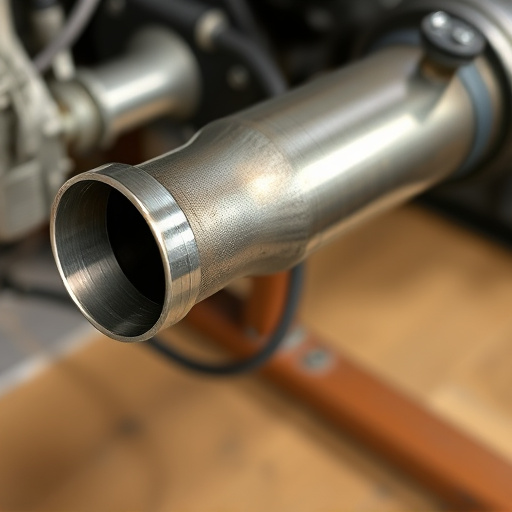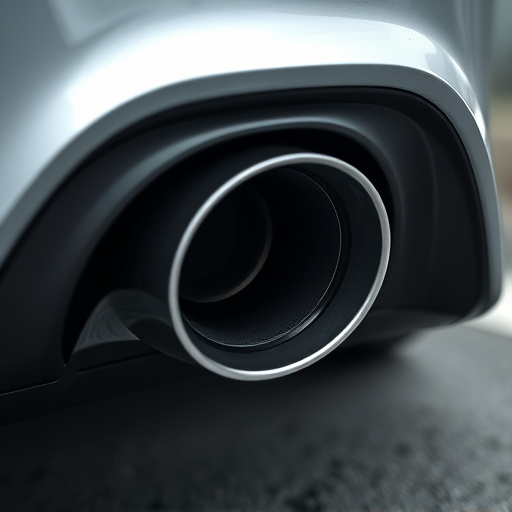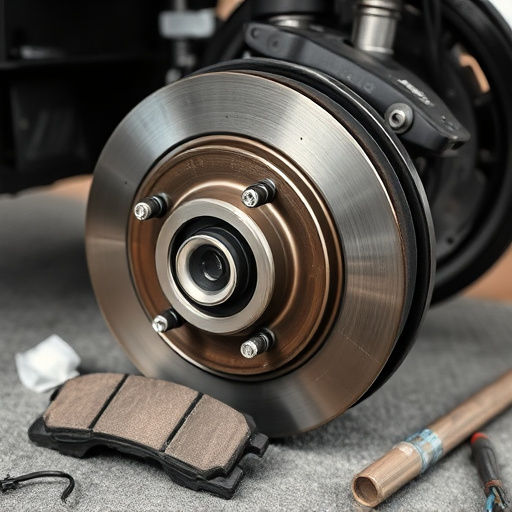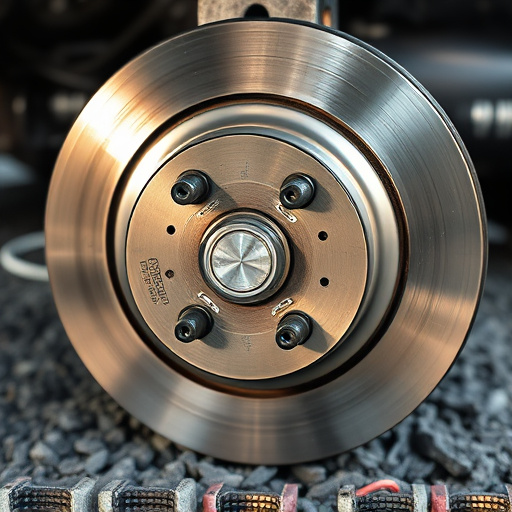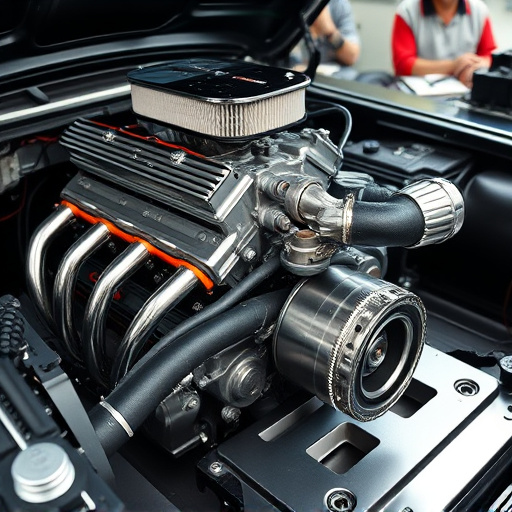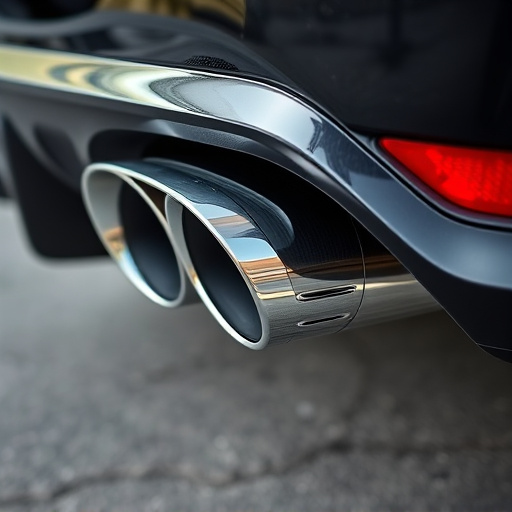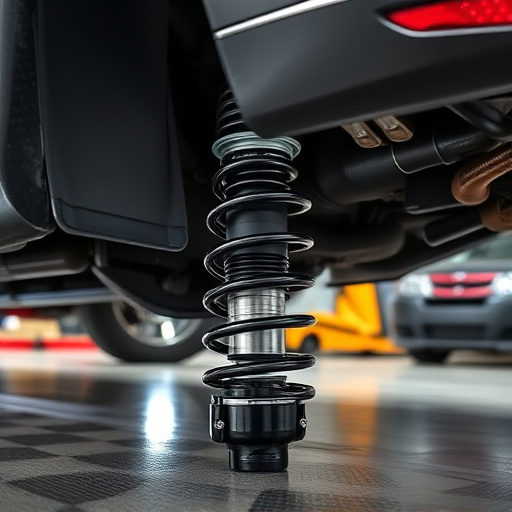Universal Catalytic Converters (UCCs) are versatile solutions for reducing harmful exhaust pollutants in various vehicles, aligning with environmental regulations. Installation requires careful preparation, including tools, protective gear, and a clean workspace. Safety measures include disconnecting battery terminals and securing heavy objects. Familiarize yourself with the vehicle's layout and replace old exhaust parts. Locate and remove old components, accurately align and attach the new converter, ensuring secure connections for better exhaust flow and enhanced engine performance.
“Enhance your vehicle’s eco-friendly performance with our guide on installing Universal Catalytic Converters (UCCs). These converters are a game-changer for reducing emissions, making them a popular choice among eco-conscious drivers. In this article, we’ll walk you through the process, from understanding UCCs’ benefits and essential preparation to a detailed step-by-step installation guide. Ensure your safety and enjoy the satisfaction of a job well done.”
- Understanding Universal Catalytic Converters
- Preparation and Safety Measures Before Installation
- Step-by-Step Guide to Secure Fitting
Understanding Universal Catalytic Converters
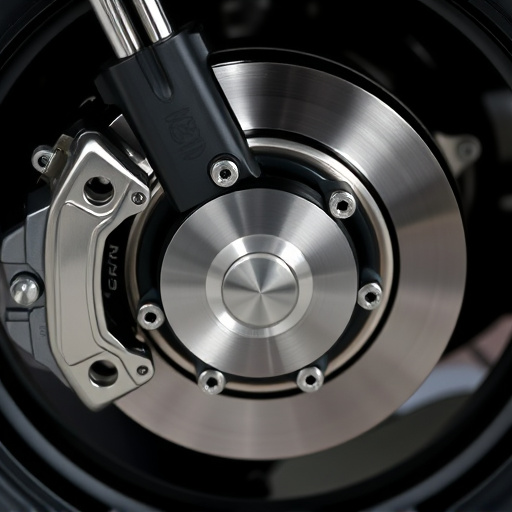
Universal catalytic converters (UCCs) are a type of emission control device designed to reduce harmful pollutants in vehicle exhaust systems. Unlike traditional converters that are specific to certain vehicle makes and models, UCCs are versatile and can be fitted to various cars and trucks with minimal modifications. This makes them a popular choice for those seeking to improve their vehicle’s performance without compromising on environmental regulations.
When installing a UCC, it’s essential to understand its components and how it integrates into your vehicle’s exhaust system. The converter typically includes a catalyst-coated ceramic monolith that facilitates the chemical reaction to convert harmful gases into less toxic compounds. Proper installation involves ensuring a secure fit, proper alignment with the cat back exhaust system, and maintaining optimal clearance from other components like brake rotors and performance brakes. This not only guarantees optimal performance but also ensures the safety and efficiency of your vehicle’s emission control system.
Preparation and Safety Measures Before Installation
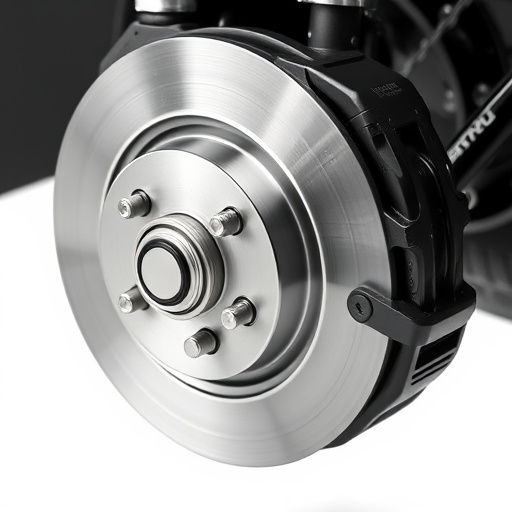
Before tackling the installation of a universal catalytic converter, thorough preparation and safety measures are paramount. This involves ensuring proper tools and equipment are readily available, such as wrenches, sockets, and protective gear including gloves and safety glasses. The workspace should be clean, well-lit, and free from debris to create an optimal installation environment. It’s crucial to disconnect the battery terminals to prevent any electrical surges or accidents while working on the vehicle’s sensitive components. Additionally, securing heavy objects nearby and ensuring stable access to the conversion area can mitigate risks associated with falling parts or equipment.
Safety should never be compromised during this process. Always refer to the manufacturer’s instructions and guidelines for your specific converter model. Familiarize yourself with the vehicle’s layout and exhaust system components, especially when dealing with older models or custom setups. Consider replacing old or damaged parts within the exhaust system, such as broken muffler tips or worn performance air filters, to ensure a seamless installation and optimal performance of the new universal catalytic converter.
Step-by-Step Guide to Secure Fitting
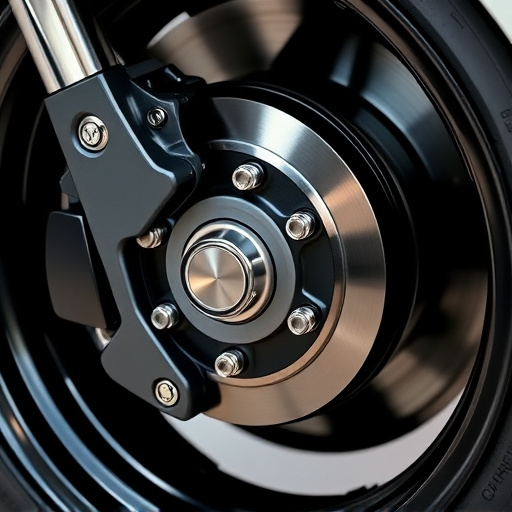
When installing a universal catalytic converter, following a step-by-step guide ensures a secure and efficient fitting process. Start by identifying the location of the converter in your vehicle’s exhaust system. Remove any old parts, including the muffler tips and brake rotors, to create a clear path for installation. Next, carefully position the new converter, aligning it precisely with the existing hangers and bolts.
Use a wrench or socket to secure the converter firmly in place, ensuring all connections are tight. Check that all components are properly fastened and there are no loose parts. With a universal catalytic converter correctly fitted, you can expect improved exhaust flow and potential gains in engine performance, making it a crucial upgrade for high-performance parts enthusiasts.
When installing a universal catalytic converter, proper preparation and safety are paramount. By following the step-by-step guide provided, you can ensure a secure fit that enhances your vehicle’s exhaust system. Remember, understanding the significance of these components is key to maintaining optimal engine performance and reducing harmful emissions. Install with confidence, knowing you’ve taken crucial steps to safeguard both your vehicle and the environment.
